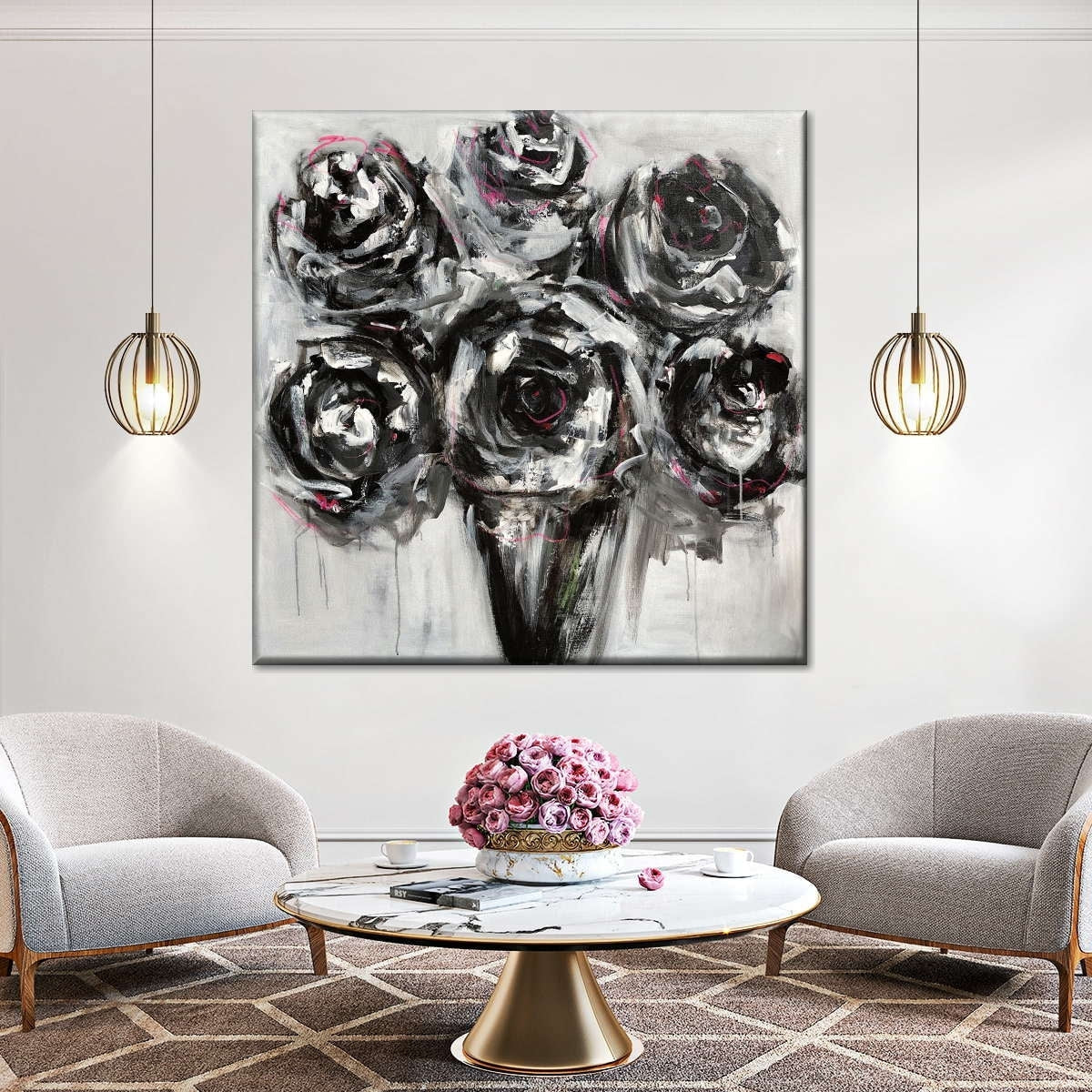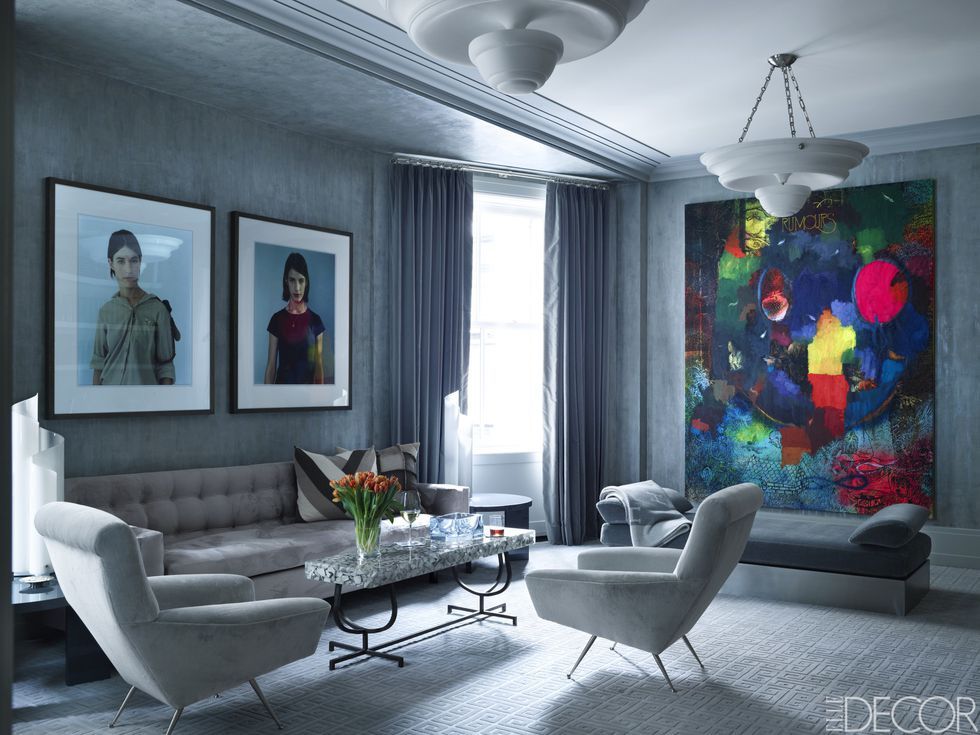Welcome to the world of gray wall decor! If you’re considering giving your space a fresh look, you’ve come to the right place. Here, I’ll share my personal experiences and expert insights on how to effectively use gray in your home. Let’s dive in!
Why Choose Gray Wall Decor?
Gray has quickly become a favored choice in modern interior design. But why? Here are a few reasons:
- Versatility: Gray complements a wide range of colors, designs, and furnishings.
- Calm and Sophisticated: Gray exudes a calm elegance, making it perfect for any room.
- Trendy Yet Timeless: While it’s currently in vogue, gray has a classic element that keeps it relevant.
Types of Gray for Wall Decor
Understanding the different types of gray can help you choose the best one for your space:
1. Light Gray
Light gray can create an airy feeling, making a small space feel larger. It’s perfect for bedrooms or living rooms where you want to create a relaxed environment.
2. Medium Gray
This shade strikes a balance between light and dark and goes well in almost any room. It works excellently in dining rooms and kitchens.
3. Charcoal Gray
Charcoal is great for creating a bold statement. Pair it with vibrant colors for contrast or use it in large spaces for a dramatic effect.
4. Warm Gray
This type has subtle brown undertones that can create a cozy atmosphere, making it ideal for living spaces.

5. Cool Gray
Cool gray has blue undertones, providing a fresh and contemporary look. It’s perfect for modern designs.
Popular Gray Wall Decor Ideas
Now that we’ve discussed the types of gray, let’s look at some trending decor ideas:
1. Accent Walls
An accent wall can dramatically change the mood of a room. Use a darker shade to create depth.

2. Gray Wallpaper
Consider patterned gray wallpaper for added texture. This is a great way to introduce gray without painting.
3. Gray Paint Combinations
Pair gray with colors like teal, yellows, or even bold pinks for a visually appealing contrast.

4. Gray Art Pieces
Add canvases or prints with gray tones to create a cohesive look in your decor.
5. Gray Furniture
Incorporate gray furniture like sofas or chairs to enhance the gray theme.

Decorating with Gray: Tips and Tricks
When using gray wall decor, keep these tips in mind:
1. Lighting Matters
Gray can change with lighting. Test different shades in various lights before committing.
2. Mix Textures
Incorporate different textures like wood, metal, and fabrics to add depth.

3. Add Accents
Incorporate pops of color through accessories, artwork, or furniture.
4. Create a Focal Point
Use furniture or art pieces to draw attention and create balance in the room.

5. Know the Undertones
Understanding whether your gray has warm or cool undertones will affect your overall color palette.
Comparing Gray Wall Decor Options
| Options | Pros | Cons |
|---|---|---|
| Paint | Wide range of shades; easy to change | Can be time-consuming; requires prep |
| Wallpaper | Durable; adds texture | More permanent; can be costly |
| Decorative Panels | Easy to install; adds depth | Can be expensive; limited color choices |
| Art Prints | Flexible; easy to change | May clash with decor if not chosen wisely |

Pros and Cons of Gray Wall Decor
Pros
- Timeless appeal
- Extremely versatile with multiple styles
- Can create a calming environment
Cons
- Can feel cold or dull if not paired correctly
- Some shades may show dirt or fingerprints more easily
- Can be challenging to choose the right undertone
Frequently Asked Questions (FAQs)
What are the best colors to pair with gray walls?
Colors like white, soft pastels, bold navy, or rich jewel tones work exceptionally well with gray.
Can gray walls make a room feel small?
While darker shades may close in a space, lighter grays can create an open and airy feel.
Is gray still a popular color for wall decor?
Yes! Gray remains a favorite for many interior designers due to its versatility and timelessness.
How do I choose the right gray for my room?
Consider the room’s natural light, existing furniture, and your desired ambiance before selecting a shade.
Can gray walls work in a small space?
Absolutely! Light and warm grays can enhance the sense of space in a small room.